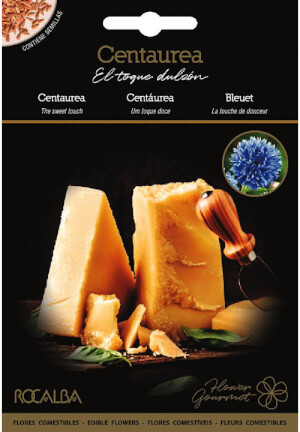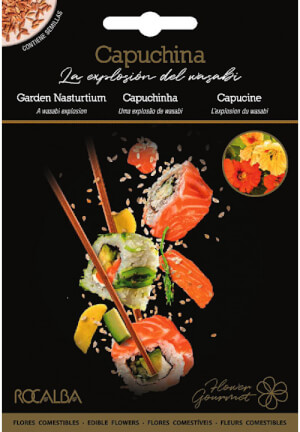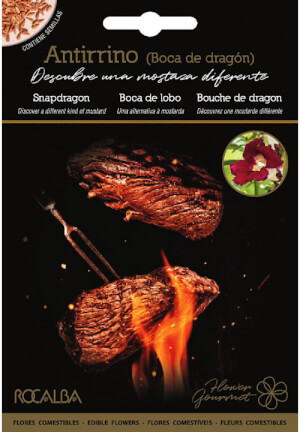At AlchimiaWeb, we select varieties that combine aesthetics, flavor, and adaptability to home cultivation, such as:
- Nasturtium (Tropaeolum majus): Slightly spicy flavor and great visual presence.
- Pansy (Viola tricolor): Sweet and soft, ideal for decorating desserts.
- Begonia: With an acidic and crunchy touch, it goes very well in fresh dishes.
- Chinese Carnation (Dianthus chinensis): Spicy notes and intense flowering.
- Wallflower and Alder: Less common in cooking, but very useful in infusions or natural preparations.
Who are edible flowers ideal for?
These flowers are perfect for:
- Creative chefs seeking originality in presentation and flavor.
- Urban gardeners interested in useful and decorative plants.
- People committed to natural and sustainable food.
Benefits of growing and using edible flowers
- They add color, freshness and unique textures to your recipes
- They connect the kitchen with nature in a practical and aesthetic way.
- They improve the biodiversity of the environment by attracting pollinators.
- They are ideal for creating healthier, more natural and visually appealing dishes.
Growing them is simple: many can grow in pots, on balconies, or in planters, adapting even to small spaces.
Variety and quality: the best of nature on your plate
On the Alchimia website, you'll find a carefully curated selection of edible flowers with very distinct characteristics. Some are used raw, others dried or infused, but they all share a unique ease of cultivation and vibrant aesthetic.
We work with specialized banks and brands that guarantee high-quality seeds, both in germination and ornamental and culinary performance.
Frequently Asked Questions About Edible Flowers
Are all flowers edible?
No. Only species known for their food safety should be consumed. Flowers must be grown without pesticides and guaranteed to be suitable for human consumption.
How are flowers used in cooking?
Most are used raw as a garnish or in salads, desserts, beverages, and infusions. Some can also be crystallized or dried.
Which edible flowers are easiest to grow?
Nasturtium, pansy, and Chinese carnation are especially recommended for beginners , as they germinate easily and bloom abundantly.
Can they be grown in pots?
Yes. Many edible flowers are perfectly suited to pots, planters, or urban spaces with good sunlight exposure.
What do edible flowers taste like?
It varies by species: nasturtium is spicy, begonia is tangy, pansy is mild. They are chosen according to the recipe or the desired effect.












